5 Love Stories
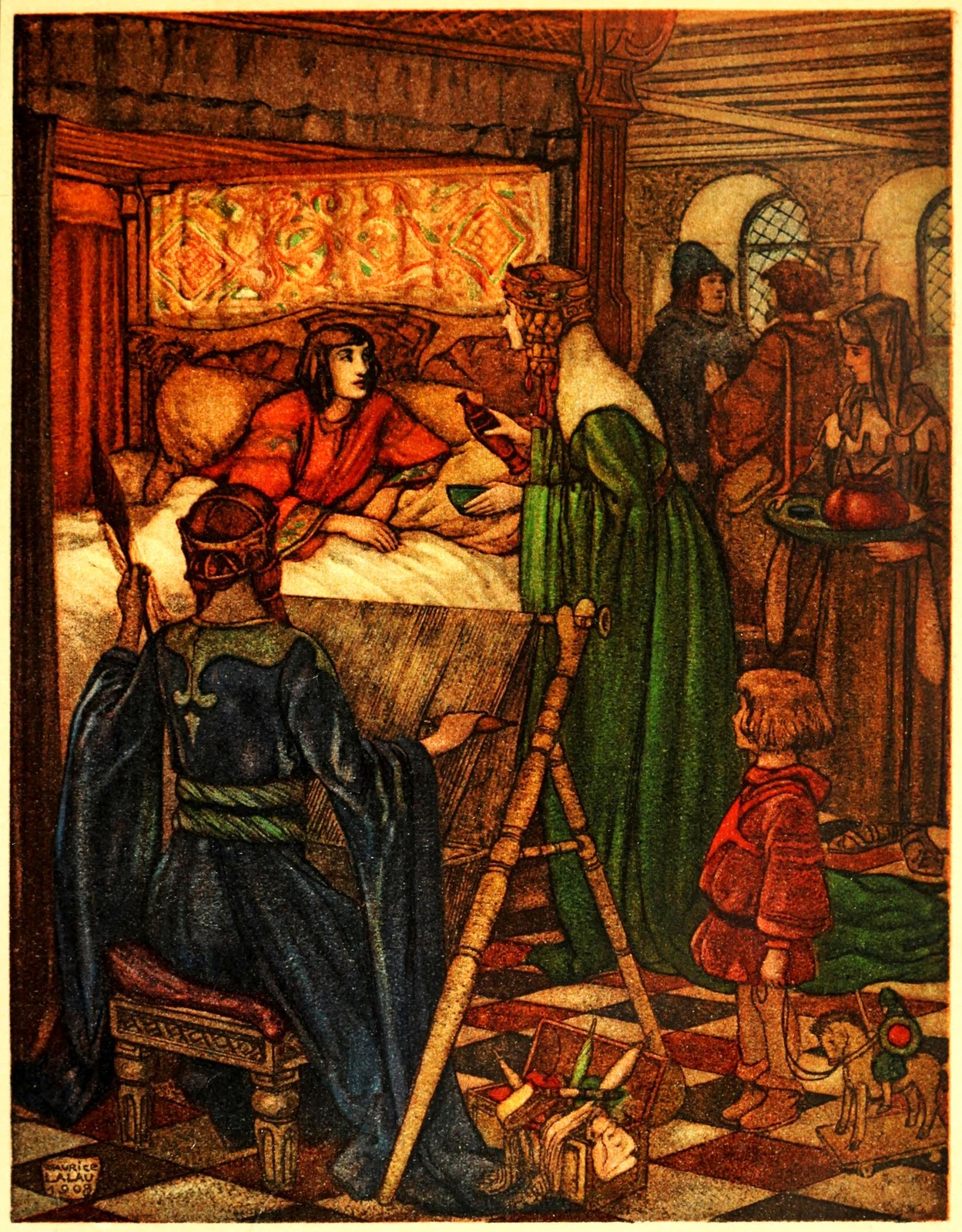
Art of Narrative Maurice Lalau The Romance of Tristram and Iseult
Tristram and Iseult Appears In Sir Thomas Malory 's Le Morte d'Arthur, the Prose Tristan Lineage Son of Blancheflor (Tristan) and daughter of Queen Isolde of Ireland (Isolde) Character Overview The legend of Tristan and Isolde is the tragic tale of two lovers fated to share a forbidden but undying love.

Art of Narrative Maurice Lalau The Romance of Tristram and Iseult
Tristan and Iseult (their names have variations, like Tristram and Isolde) is a medieval Chivalric Romance of two Star-Crossed Lovers: Tristan, a Cornish knight and minstrel; and Isolde, an Irish princess.Tristan was tasked to escort Isolde to marry his uncle, King Mark of Cornwall. Along the journey, however, they both drink a Love Potion, which starts an illicit romance, with very tragic.
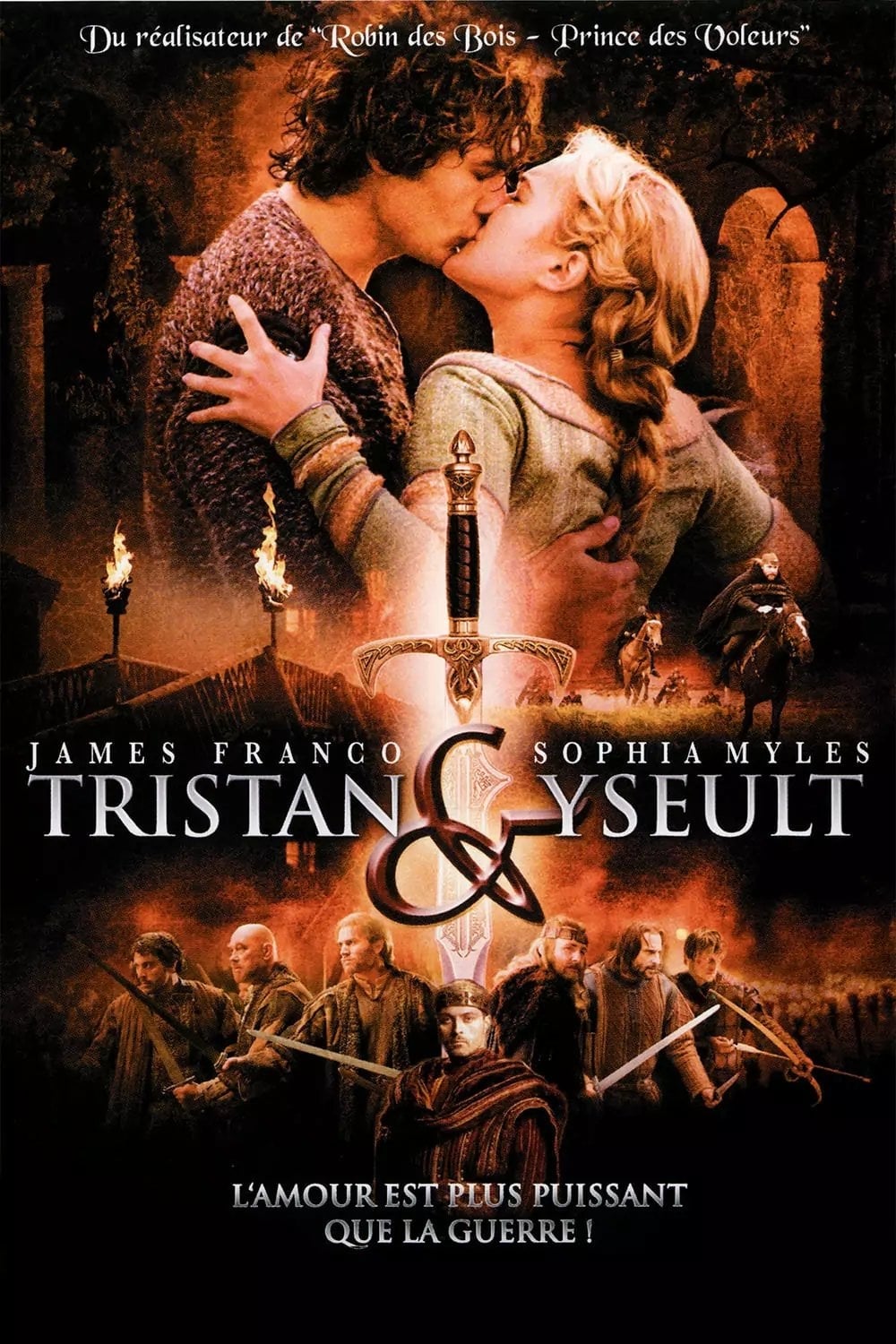
Tristan & Yseult streaming sur Zone Telechargement Film 2006 Telechargement sur Zone
The tragic story of the adulterous love between the Cornish knight Tristan (Tristram) and the Irish princess Iseult (Isolde, Yseut, etc.), the narrative predates and most likely influenced the Arthurian romance of Lancelot and Guinevere, and has had a substantial impact on Western art and literature since it first appeared in the twelfth century.

Tristan And Iseult Photograph by Prisma Archivo
Iseult married King Mark but still she loved Tristan; they often met in the garden. One evening, King Mark decided to go to this garden and found out that they two are really in love. However Tristan and Iseult were aware of Mark's presence and started to talk about their innocence and deny their love. One night King found Tristan's blood.

Babelcube Tristan and iseult
Tristan and Iseult, also known as Tristan and Isolde and other names, is a medieval chivalric romance told in numerous variations since the 12th century. [1] Based on a Celtic legend and possibly other sources, the tale is a tragedy about the illicit love between the Cornish knight Tristan and the Irish princess Iseult.
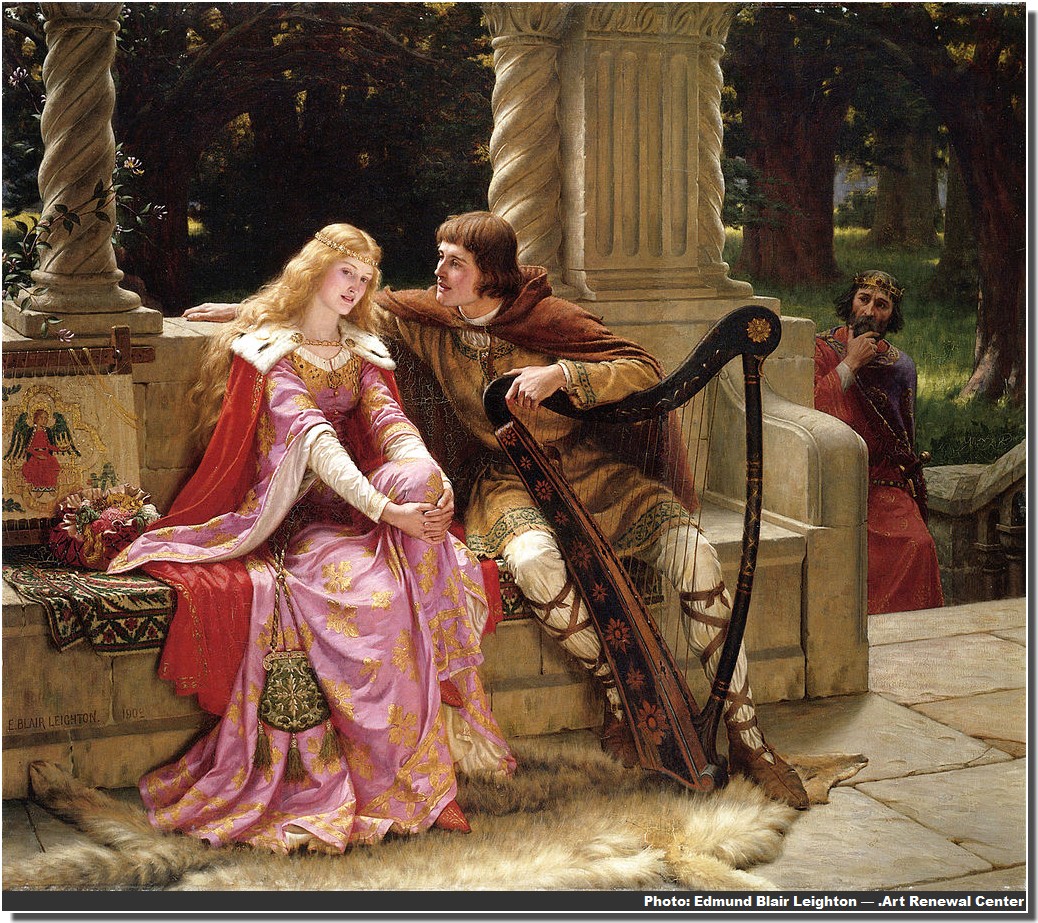
Tristan et Iseult, légende gallofrançaise, mythe celtique
The romance of Tristram and Iseult by Bédier, Joseph, 1864-1938; Simmonds, Florence; Lalau, Maurice. Publication date 1910 Topics Tristan (Legendary character), Iseult (Legendary character), Arthurian romances Publisher London : William Heinemann ; Philadelphia, PA : J.B. Lippincott Company
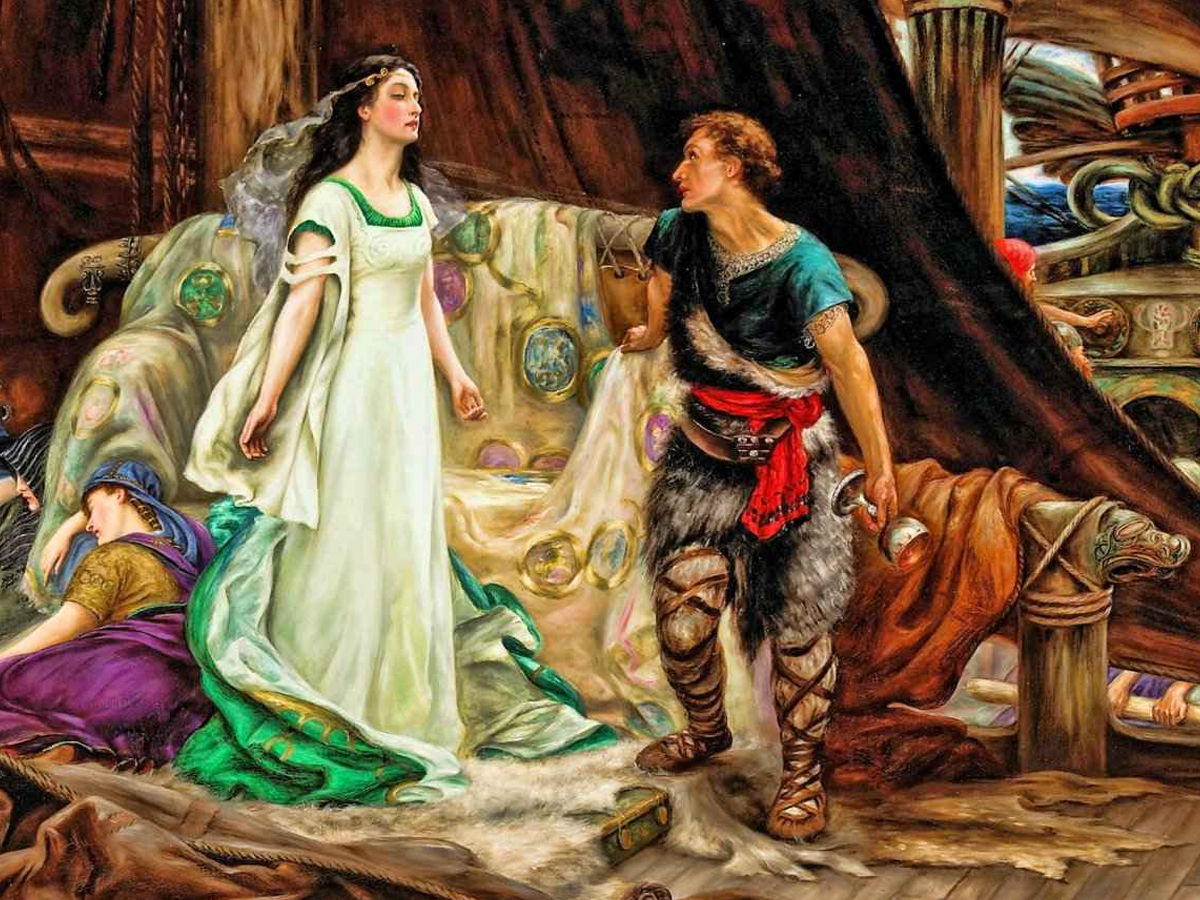
5 Love Stories
Tristan, also called Tristram or Tristrem, and Isolde, also called Iseult, Isolt, or Yseult, are the principal characters of a famous medieval love-romance, based on a Celtic legend (itself based on an actual Pictish king). Although the archetypal poem from which all existing forms of the legend are derived has not been preserved, a comparison.

Art of Narrative Maurice Lalau The Romance of Tristram and Iseult
Back. English 65B/165B: Arthurian Literature Week 10.1: Malory's Tristram de Lyonesse Introduction: I. As we have noted (Week 5.2), the medieval story of Tristan and Isolde (with their names variously spelled) was widespread in a variety of versions and vernaculars: French, Anglo-Norman, English, German, Scandinavian, Catalan, Spanish, Portuguese, and Italian.

Tristan and Iseult A Tragic But Perfect Romance HSMediaNerd Book, Anime, and Movie Reviews
Probably the most famous legend to feature a love potion, the story of Tristan and Isolde (or Iseult, as her name is rendered in some versions of the myth) is one of the most celebrated Celtic legends along with the stories of King Arthur.

Painting is silent poetry. Tristan and Iseult
Tristan (sometimes called Tristram), the nephew of King Mark of Cornwall. (or Iseult) who was skilled in healing. After Isolde healed Tristan, he lingered at the Irish court for a while. On his return to Cornwall, he praised Isolde so highly that King Mark resolved to marry her. Loyal and obedient to his uncle and king, Tristan agreed to.

Tristan Yseult On Hulu Book Reading Devices For The Blind
Tristram and Iseult: A Play in Five Acts - 1911 (Author) Bartlett, Gertrude (1876 - 1942) Ballade of Tristram's Last Harping - 1916 (Author) Binyon, Laurence (1869 - 1943) Tristram's End - 1922 (Author) Bridges, Sallie (1830 - 1910) The Love-Drink - 1864 (Author) Buchanan, R. Williams (1841 - 1901)

Art of Narrative Maurice Lalau The Romance of Tristram and Iseult
Tristan and Isolde, Lovers in a medieval romance based on Celtic legend. The hero Tristan goes to Ireland to ask the hand of the princess Isolde for his uncle, King Mark of Cornwall. On their return the two mistakenly drink a love potion prepared for the king and fall deeply in love.
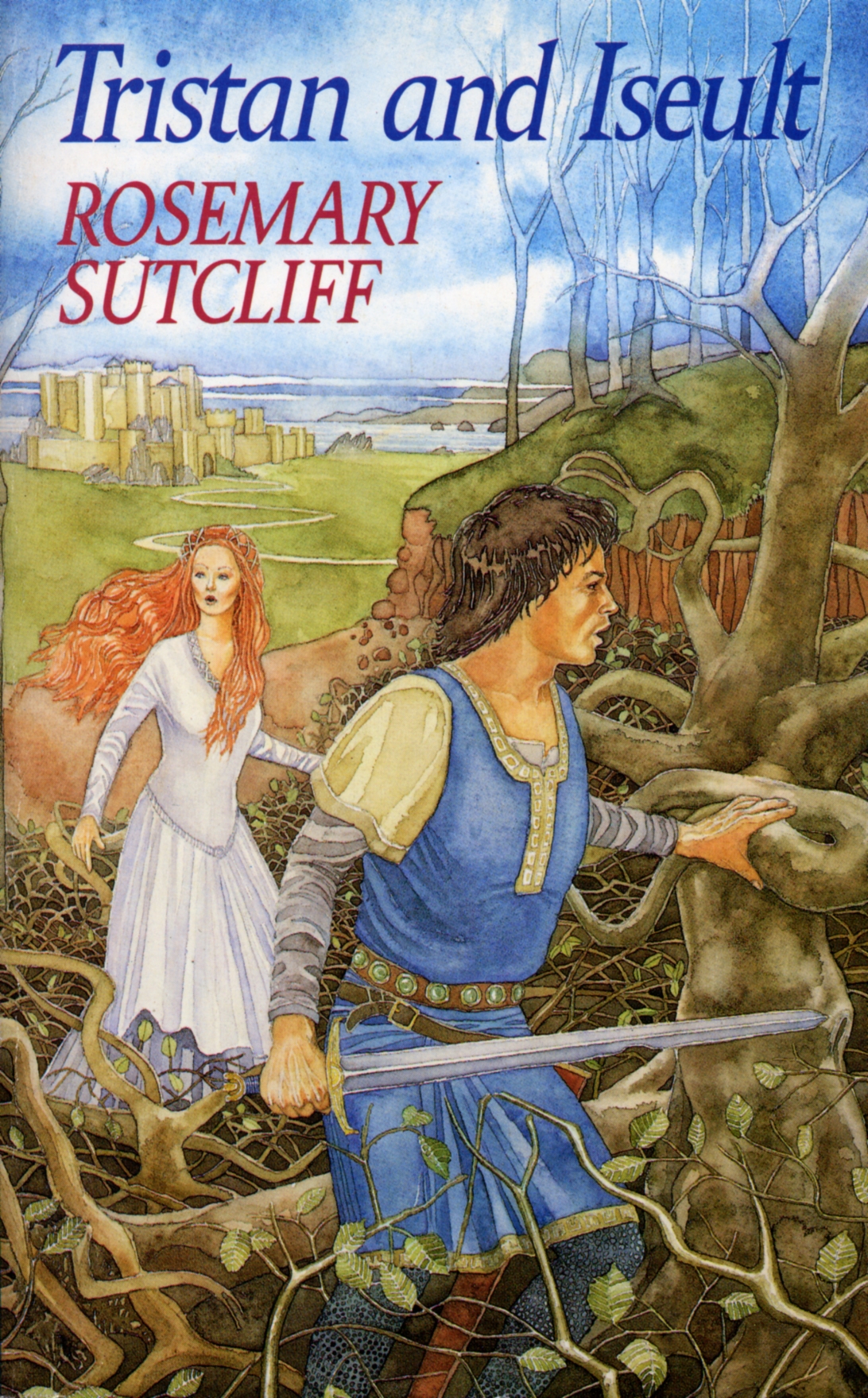
Tristan And Iseult by Rosemary Sutcliff Penguin Books Australia
Isolde also called: Iseult, Isolt, or Yseult On the Web: University of Pittsburgh - Tristan and Isolde (Dec. 15, 2023) Tristan and Isolde, illustration by N.C. Wyeth in The Boy's King Arthur, 1917. Tristan and Isolde, principal characters of a famous medieval love-romance, based on a Celtic legend (itself based on an actual Pictish king).

Art of Narrative Maurice Lalau The Romance of Tristram and Iseult
The Romance of Tristan and Iseult Project Gutenberg's The Romance Of Tristan And Iseult, by M. Joseph Bdier This eBook is for the use of anyone anywhere at no cost and with almost no restrictions whatsoever. You may copy it, give it away or re-use it under the terms of the Project Gutenberg License included
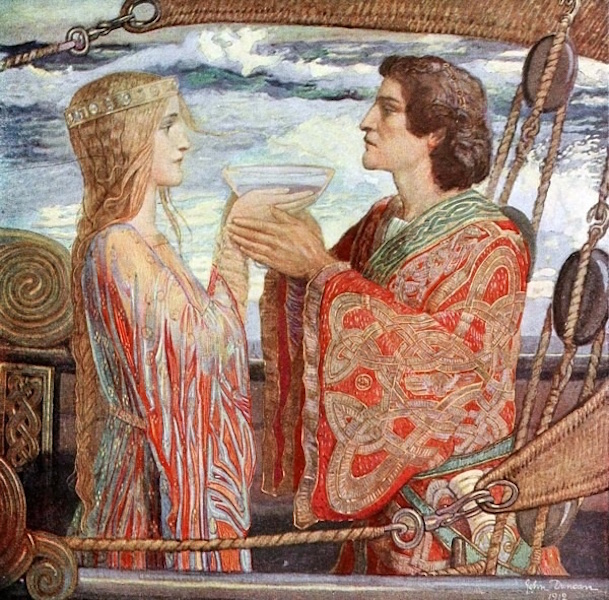
Tristan et Iseult, de l'éternelle histoire d'amour à l'épopée éditoriale
Tristram and Iseult, published in 1852 by Matthew Arnold, is a narrative poem containing strong romantic and tragic themes. This poem draws upon the Tristan and Iseult legends which were popular with contemporary readers. Background

Tristan Et Yseult Film AUTOMASITES
Tristan and Iseult, also known as Tristan and Isolde and other names, is a medieval chivalric romance told in numerous variations since the 12th century. Based on a Celtic legend and possibly other sources, the tale is a tragedy about the illicit love between the Cornish knight Tristan and the Irish princess Iseult. It depicts Tristan's mission to escort Iseult from Ireland to marry his uncle.